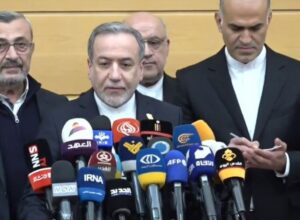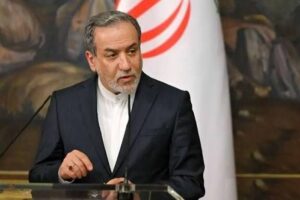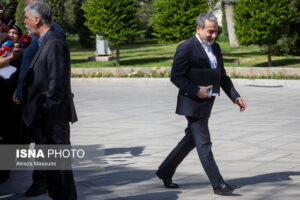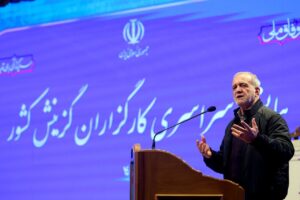U.S. President *Donald Trump* immediately declared the military strike on Iran’s nuclear facilities as a “major military success.” Since then, his administration has sought ways to support that claim. The U.S. government has reportedly agreed on an argument, apparently based on a newly classified intelligence assessment, suggesting that Iran will need “years” to rebuild the facilities attacked last month.
*Foreign Policy*, in an article by *James Acton*, co-director of the Nuclear Policy Program at the *Carnegie Endowment for International Peace*, emphasized that this claim from Washington is hypocritical. He wrote that both the U.S. and Israel have valid reasons to believe that most of Iran’s stockpile of highly enriched uranium (HEU) survived the attack. Tehran likely retains the ability to further enrich this material and weaponize it to produce a small number of nuclear weapons. If Iran decides to go down that path, it could probably build its first bomb within a year — despite the Trump administration’s claim to the contrary.
*Foreign Policy* added: Before the Israeli attacks on Iran, most of the highly enriched uranium stockpile — about 400 kilograms enriched up to 60% — was stored in tunnels beneath the Isfahan nuclear complex. Apparently, intelligence agencies disagree on whether Iran moved part or all of this material before the Israeli attacks, but both Israel and the U.S. seem increasingly convinced that it did not.
According to the report, the tunnels beneath the Isfahan facility are deep — so deep that the U.S. didn’t even attempt to destroy them using its bunker-busting bombs. It may have fired cruise missiles at tunnel entrances to block access, but Iran likely reduced the impact of this tactic by preemptively filling in the entrances.
The American outlet noted: As a result, repeated claims by American and Israeli officials that Iran’s enriched uranium was “buried under rubble” are misleading. Assuming the material wasn’t moved, it is now stored unharmed in untouched tunnels. The recent implication by *The New York Times* that Iran may struggle to retrieve it is almost laughable.
The report says that the argument that “Iran will need years to rebuild its previous nuclear program,” while technically correct, misses the main point. The real issue is that the United States does not know whether Iran has made a political decision to pursue nuclear weapons. However, Washington must face the reality that its military operation has increased Iran’s motivation to build a bomb, while only partially and temporarily delaying its ability to do so.
*Foreign Policy* concludes: What remains now is diplomacy — more promising than military action, though still incredibly challenging. By expelling inspectors and threatening to leave the Non-Proliferation Treaty (NPT), Iran has created new leverage. This means reaching a comprehensive agreement is unlikely, and Washington must wisely define clear priorities. Restoring full inspector access to all of Iran’s nuclear facilities is truly vital. It’s unclear whether Washington can even achieve this minimum right now — but there’s only one way to find out







